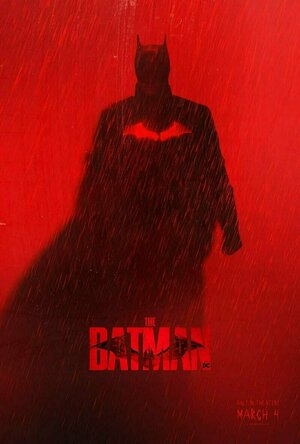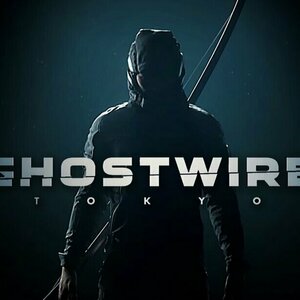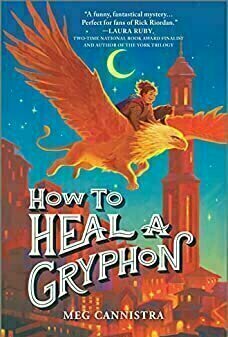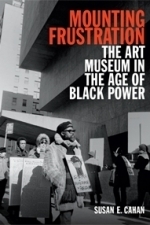
Mounting Frustration: The Art Museum in the Age of Black Power
Book
Prior to 1967 fewer than a dozen museum exhibitions had featured the work of African American...
Art social issues politics

Call Buddy - Call Recorder
Business
App
Call Buddy Unlimited brings you unlimited iPhone call recording at the most attractive price in the...
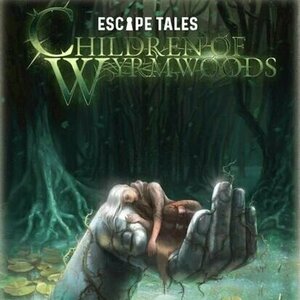
Escape Tales: Children of Wyrmwoods
Tabletop Game
Escape Tales: Children of Wyrmwoods is a story driven escape room in card game form, with immersive...

Car Driving School Simulator
Games
App
Get behind the wheel and start your lessons in the most realistic city driving simulator around!...

Dream House Design Sim Craft: Interior Exploration
Games and Entertainment
App
Build & design your own dream home. Interior design simulator app helps decorate your house with 3D...

The Sleuth Sisters
Book
In this cozy mystery, the first of a series, middle-aged sisters Faye and Barb decide to open a...
LeftSideCut (3776 KP) rated The Batman (2022) in Movies
Mar 7, 2022
The character himself has gone through many iterations over the years, and most of them come with their own merits, but he works aesthetically and thematically better at the darker end of the spectrum. This Batman is certainly that. The narrative takes place wholeheartedly in the criminal underbelly of Gotham, bathing in it's corruption. It's noir-thriller construction compliments the setting perfectly, presenting a slow burning crime piece, with occasional bursts of action, that never feels boring over its near 3 hour runtime.
Pattinsons take on the character could be the very best yet. Through projects such as The Lighthouse and Tenet, he's proven that he has the chops for this kind of thing, and he nails it without a doubt. I was pleasantly surprised by how much on screen Batman we got. He's under the cowl more often than not, and it's an understandable direction to take considering how great the suit looks alongside the general aesthetic of the film. Paul Dano's Riddler is a worthy foe as well. This villain is portrayed as unhinged and dangerous from the get go, a person who is angry and upset with the world, and who has the capacity to bring Gotham to its knees. His master plan is wonderful to watch unfold. Dano is golden in anything he appears in, and my only real complaint about The Batman is that we didn't get more of him.
Colin Farrell, Zoe Kravitz, Jeffrey Wright, and John Turturro are all fantastic supports. It's a well rounded cast, playing well written characters.
The direction and cinematography on display is some of the best I've ever seen in a comic book movie. Reeves has a great eye, from Cloverfield to his Planet of the Apes entries, he has a certain brand of cinema magic that suits Gotham down to the ground. Throw Greig Fraser into the mix, fresh from his outstanding work with Dune, and you have a pretty solid pairing that results in a breathtaking, visual feast, all backed up by a phenomenal music score, from the ever reliable Michael Giacchino.
I can't heap enough praise onto The Batman, a patient, unforgiving, enthralling, and bleak comic adaption that sits at the top of the pile that is deserving of its glowing reviews.
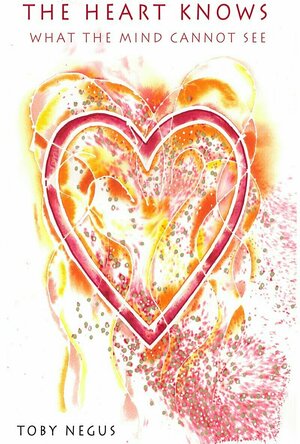
The Heart Knows What the Mind Cannot See
Book
This is a thought-provoking and enlightening exploration of spirituality and perception. The text...
Self Help Mind-Body-Spirit
Gareth von Kallenbach (980 KP) rated the PC version of GhostWire: Tokyo in Video Games
Apr 15, 2022
The game is set in a post-disaster Tokyo where the player character Akito is saved from death by a spirit known as KK who possesses the body of Akito and gives him supernatural powers to complete his quests.
Playing from a first-person perspective, players must explore a highly-detailed city to complete various mission objectives all the while staying clear of a deadly fog and evil creatures who know roam the city.
Players will be able to use special attack and defensive abilities which they can upgrade over time but must also be aware of the need to replenish the magic that powers them so being selective with attacks is a wise idea vs trying to rapidly cut down all enemies that are encountered.
Players can also obtain a Bow which can help when powers need to be recharged and seeing how dangerous and abundant enemies are, this is a good thing.
Akito is also hoping to save his sister who has been targeted by the main enemies in the game and this enables conflict between Akito and KK as they must work with one another despite seeming to have differing agendas.
The detailed city allows players to gather food for their health as well as Charms that can be redeemed at phone booths which will aid in their quest and the highly-detailed city is great to explore when not engaged in combat.
I did not see an option for English narration and while I had no problems at all with the Japanese spoken in the game, looking at the translation on the screen at times distracted me from some of the more intense segments and action.
The powers Akito deployed were very enjoyable and seeing the colorful discharges and defense modes really added to an already intense and engaging game. My only real issue with the game was the detailed story caused abundant and at times lengthy narrative scenes and when you just completed one to have another arise soon after a brief moment of player-controlled action often gave me the impression that I was watching the game versus controlling the action.
Fortunately, as the game unfolded the action and story were more than enough to keep my attention and made Ghostwire Tokyo one of the more unique and engaging games in recent memory and one that I recommend any Horror fan play.
4 stars out of 5
